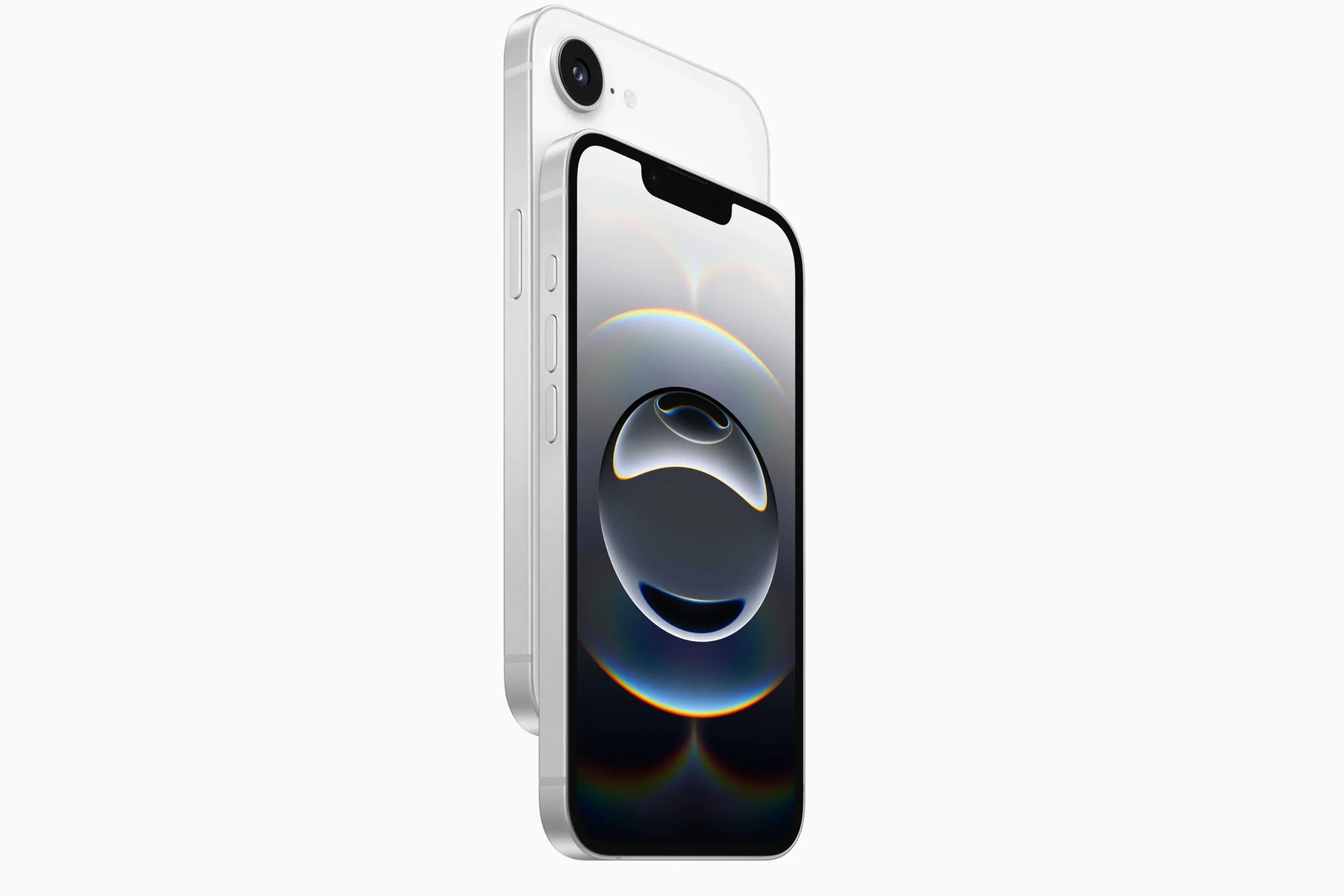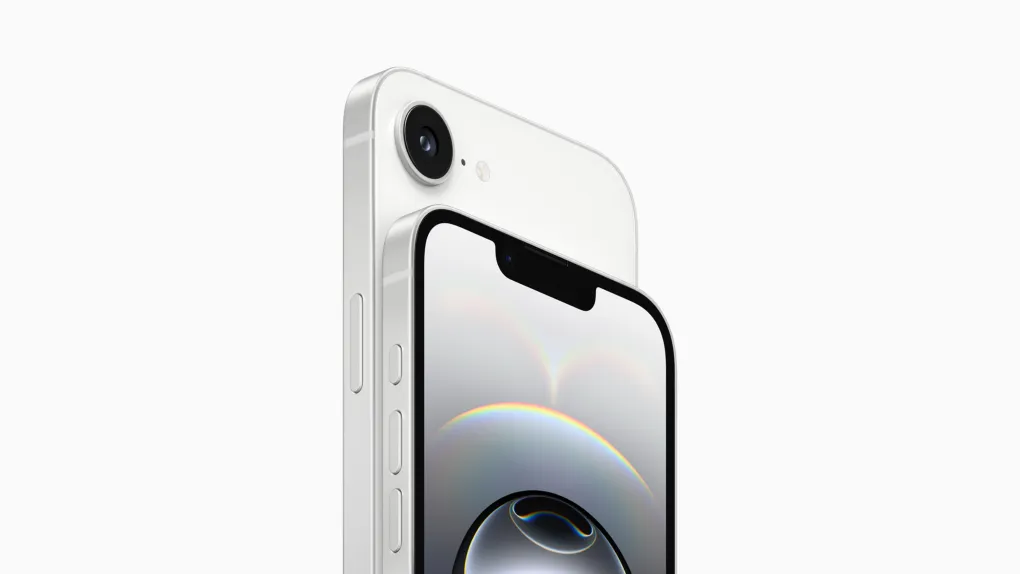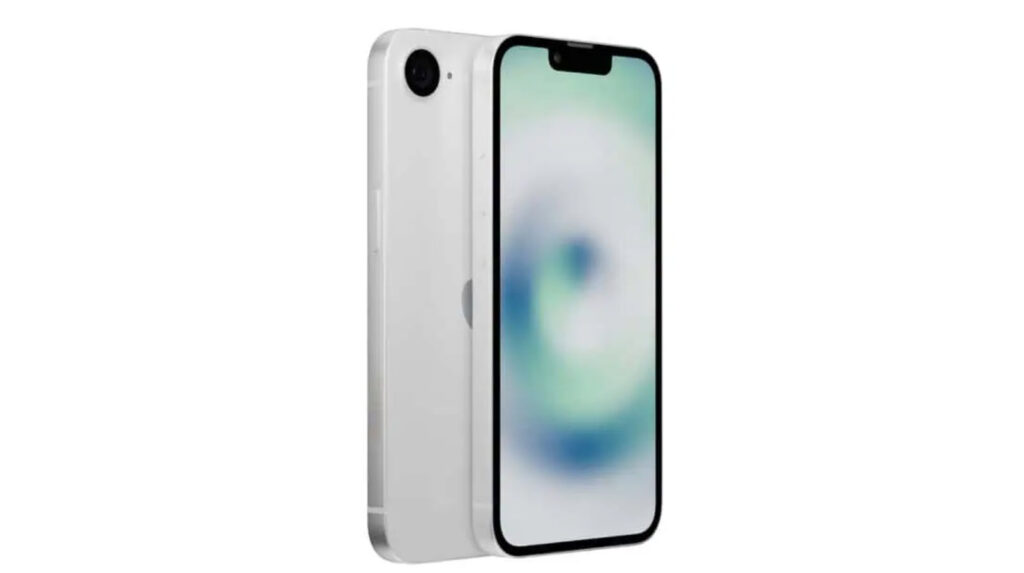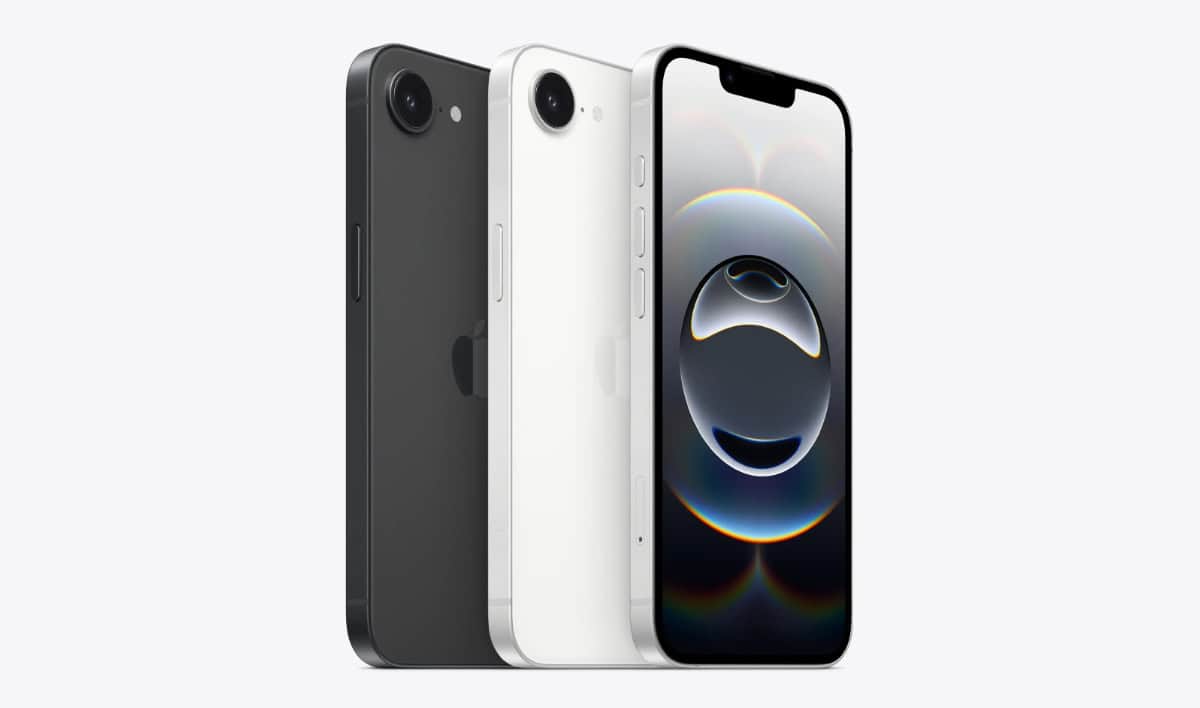Apple introduced the iPhone 16e in February 2025 as an affordable addition to its smartphone lineup, delivering a balance of performance and value.

Design and Display
The iPhone 16e features a 6.1-inch Super Retina XDR OLED display with a resolution of 2532 by 1170 pixels at 460 pixels per inch. It supports HDR, True Tone, and a wide color gamut (P3), offering vibrant and accurate visuals. The display has a peak brightness of 1,200 nits and a typical brightness of 800 nits.
Performance
Powered by the A18 Bionic chip, the iPhone 16e includes a six-core CPU (two performance and four efficiency cores), a 16-core Neural Engine, and a four-core GPU. This configuration ensures smooth multitasking and efficient handling of various applications.
Camera System

The device is equipped with a single 48-megapixel rear camera capable of recording 4K video. While it lacks the additional lenses found in higher-end models, the camera delivers satisfactory performance for everyday photography and social media use.
Battery Life
The iPhone 16e offers impressive battery life, providing up to 26 hours of video playback. This endurance is achieved through the efficiency of the Apple silicon and iOS integration.
Pricing and Availability
Priced at $600, the iPhone 16e is available in various storage configurations, including 128GB, 256GB, and 512GB.
Comparison with Competitors

In the budget smartphone segment, the iPhone 16e faces competition from devices like the Google Pixel 9a. The Pixel 9a offers features such as a 120Hz OLED display, dual rear cameras, and a larger battery at a lower price point of $499. However, the iPhone 16e stands out with its A18 Bionic chip and seamless integration within the Apple ecosystem.
Conclusion
The iPhone 16e serves as a compelling option for users seeking an affordable iPhone experience without compromising on essential features and performance.

Leave a Reply